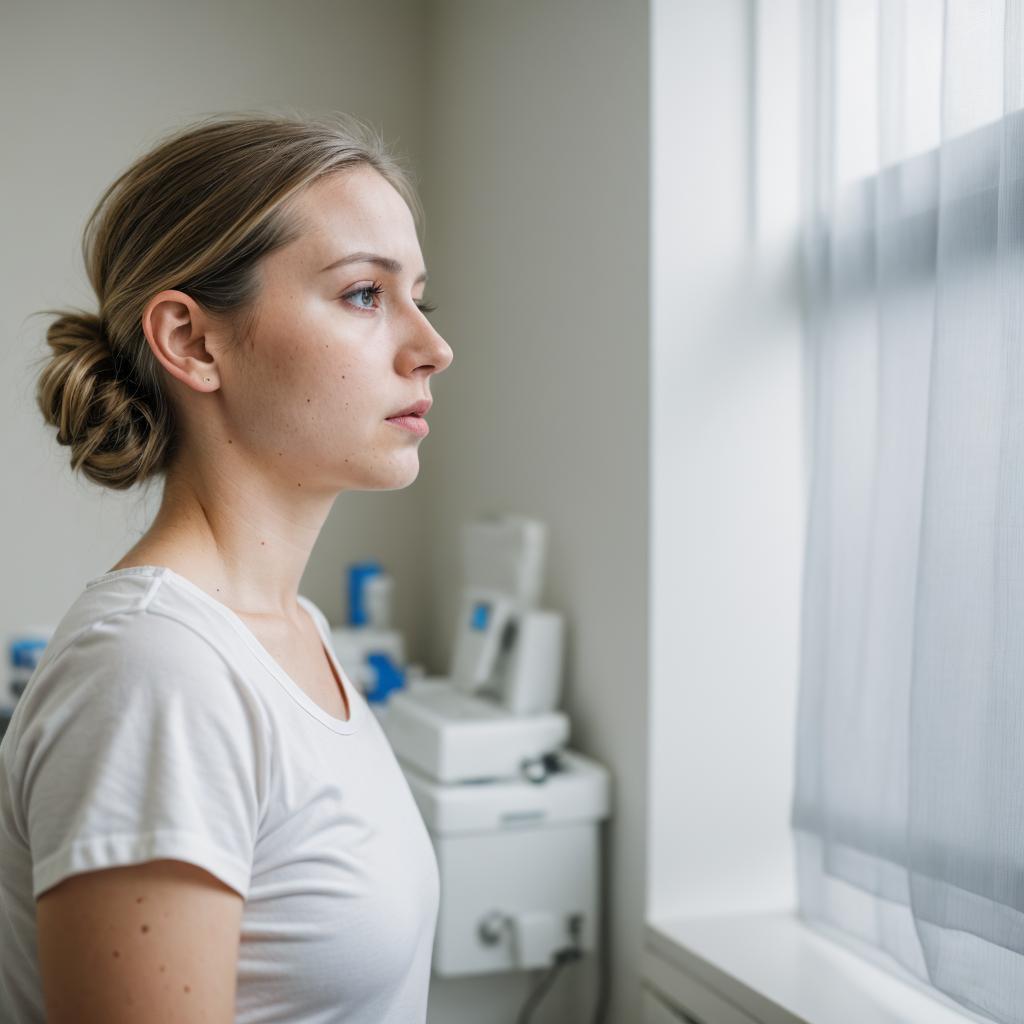

The basics of allergy patch tests
Allergy patch tests are essential diagnostic tools utilized by dermatologists and allergists to identify specific allergens causing skin reactions.
These tests involve applying small amounts of various allergens onto the patient’s skin to observe any adverse reactions. Traditionally, patch tests have focused on a limited number of allergens, but recent advancements have led to the development of comprehensive panels, such as the 36 allergy patch test.
Understanding the 36 allergy patch test
The 36 allergy patch test is a comprehensive screening tool designed to detect a wide range of common allergens. Unlike conventional patch tests that include a smaller number of allergens, this extended panel covers a more extensive spectrum, increasing the likelihood of identifying triggers for allergic reactions.
Advantages of the 36 allergy patch test
One of the primary advantages of the 36 allergy patch test is its inclusivity. By incorporating a larger number of allergens, it offers a more thorough evaluation, especially for individuals with complex or multiple allergies. Additionally, the comprehensive nature of the test enhances diagnostic accuracy, enabling healthcare providers to develop more targeted treatment plans.
Furthermore, the 36 allergy patch test can uncover lesser-known allergens that may be overlooked in conventional testing. This aspect is particularly beneficial for patients who have experienced unexplained or recurrent skin reactions despite negative results from standard patch tests.
Procedure and application
The procedure for the 36 allergy patch test is similar to that of conventional patch tests. A dermatologist or allergist applies adhesive patches containing various allergens to the patient’s back, typically in a grid pattern. The patches remain in place for a specified duration, usually around 48 hours, during which the patient avoids activities that may interfere with the accuracy of the test, such as excessive sweating or exposure to water.
After the allotted time, the patches are removed, and the skin is examined for any signs of allergic reactions, such as redness, swelling, or itching. The healthcare provider evaluates the results and discusses them with the patient, providing recommendations for allergen avoidance and management strategies based on the findings.
Limitations and considerations
While the 36 allergy patch test offers numerous benefits, it is not without limitations. Firstly, the extended panel may increase the likelihood of false-positive results, leading to unnecessary anxiety or dietary restrictions for patients. Healthcare providers must interpret the test results cautiously, considering clinical history and symptoms to avoid misdiagnosis.
Additionally, the 36 allergy patch test may not be suitable for everyone, particularly individuals with compromised skin integrity or certain medical conditions. Healthcare providers must assess each patient’s suitability for the test and consider alternative diagnostic approaches when necessary.
In conclusion, the 36 allergy patch test represents a significant advancement in allergy diagnostics, offering a comprehensive approach to identifying common allergens. By expanding the range of tested substances, this extended panel improves diagnostic accuracy and enhances patient care. However, healthcare providers must exercise caution in interpretation and consider individual patient factors when utilizing this testing method. Overall, the 36 allergy patch test serves as a valuable tool in the management of allergic skin conditions, facilitating targeted interventions and improving patient outcomes.



